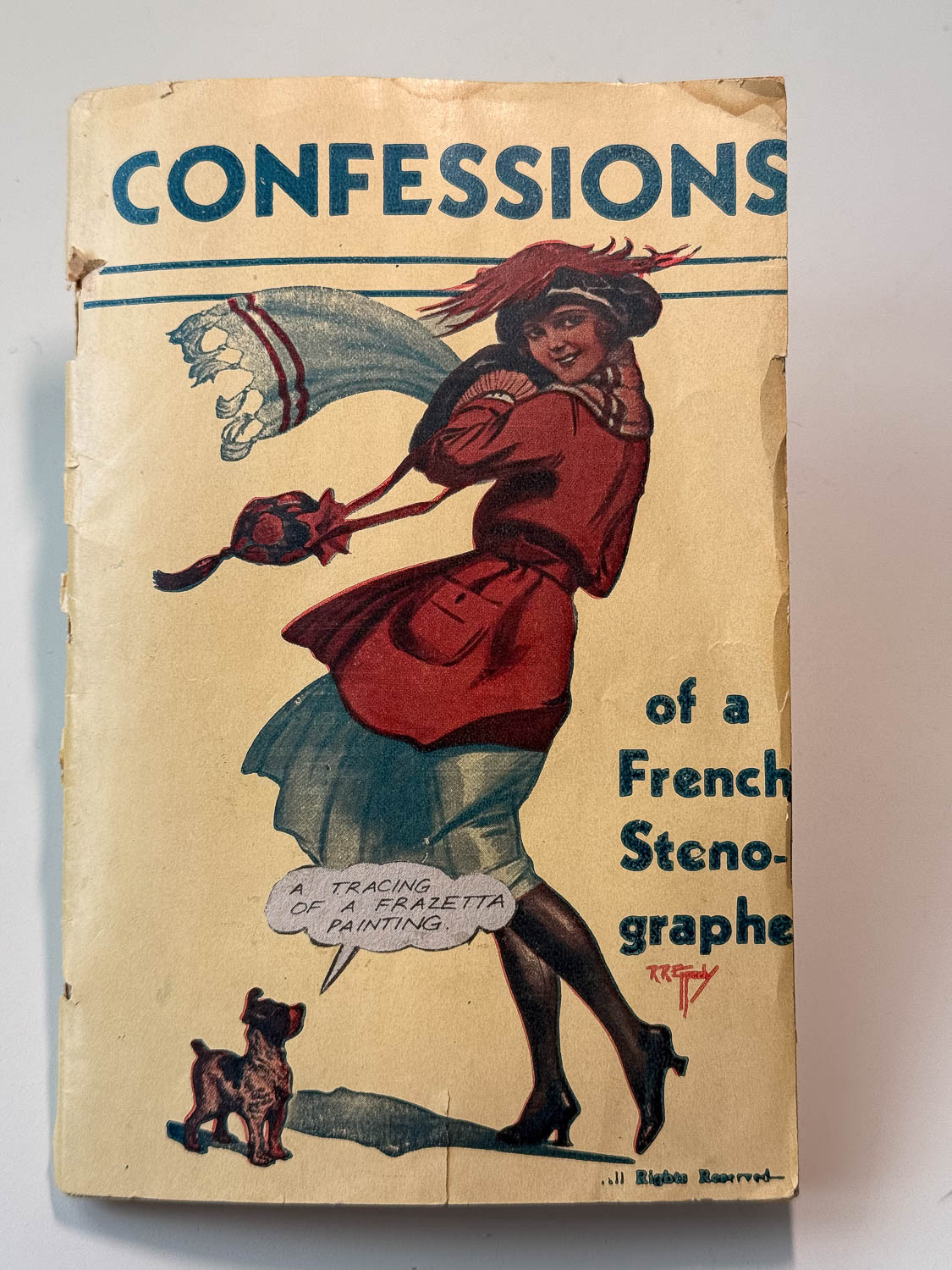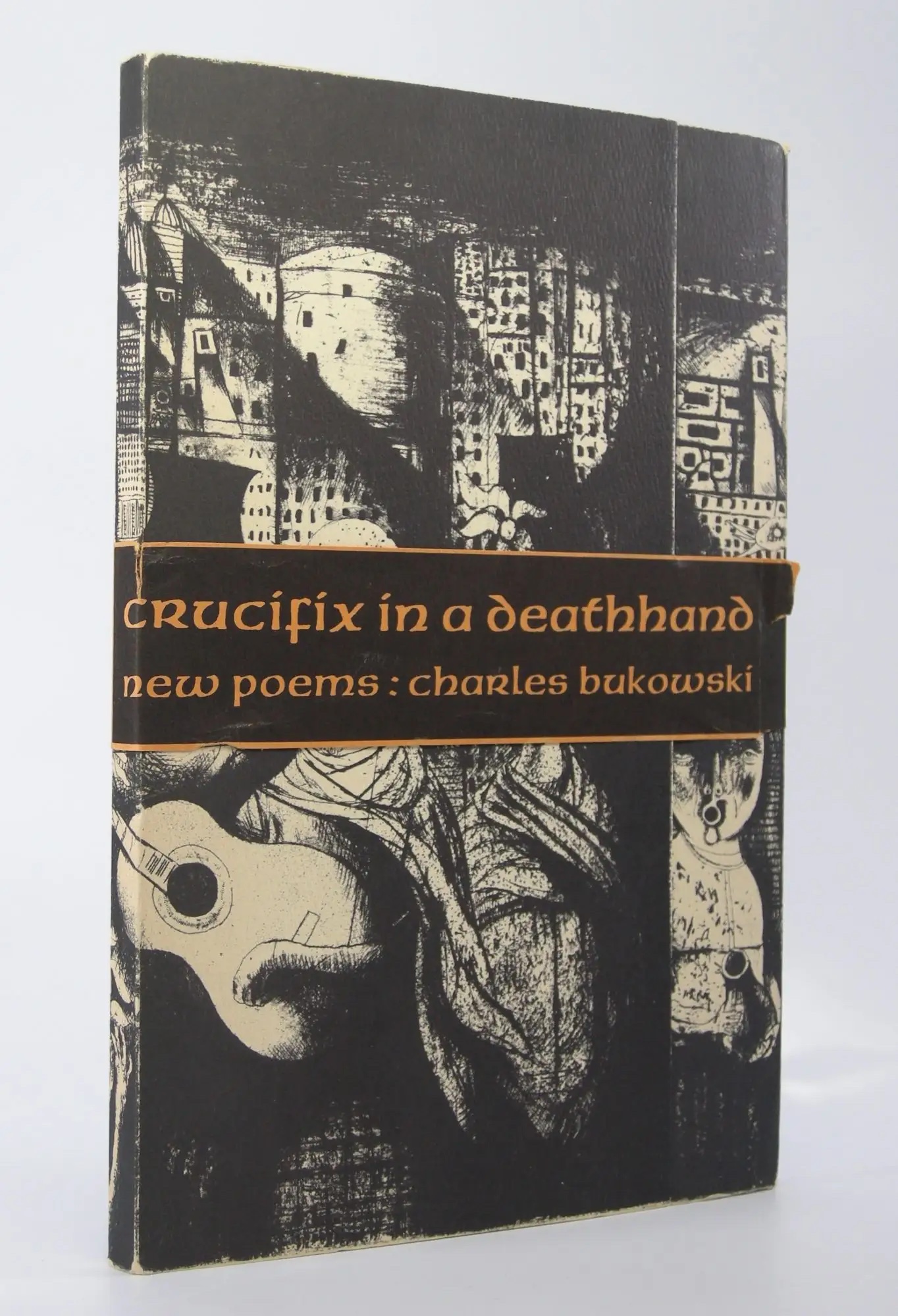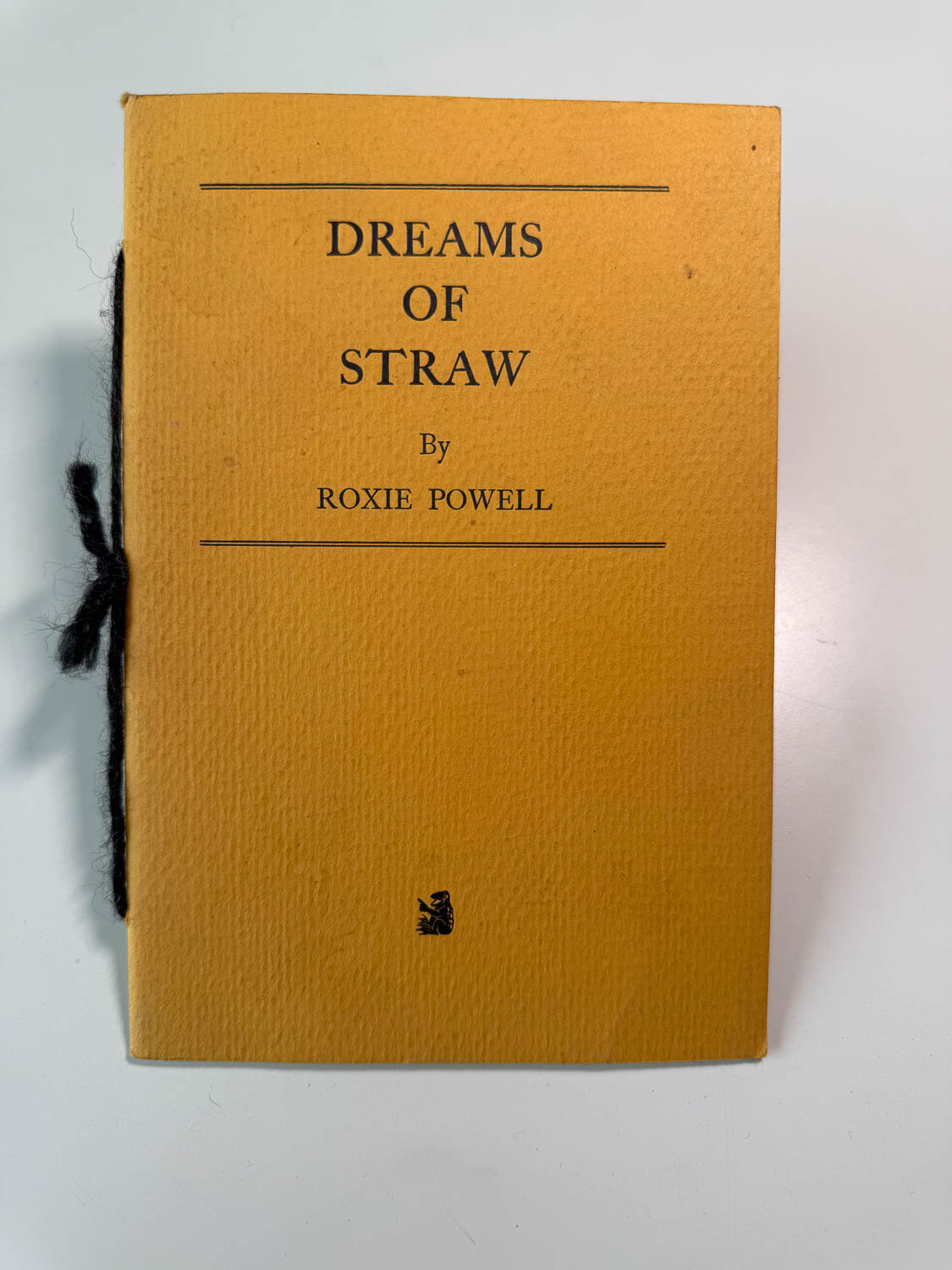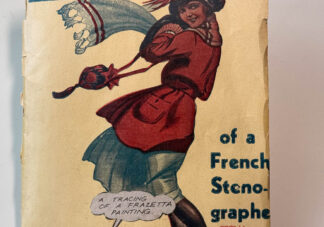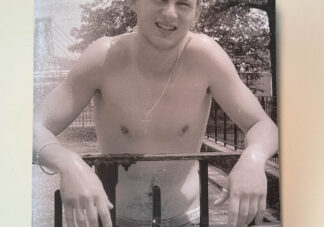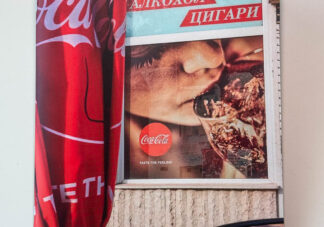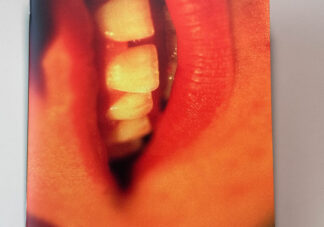
They say April showers bring May flowers, but around here they bring collectible oddities, forgotten treasures, and just enough paper dust to keep the allergies guessing. 🌸📚 This month’s lineup spans card tricks with a punchline, Vargas girls in bloom, a long-lost Tim O’Brien title, and a photobook so strange and wonderful it might just stare back.
I’m not flexing. (Okay, I’m flexing.) But when the finds are this special, it feels rude not to show them off. So here ya go—this month’s Top 5 Buys, handpicked by me for you and from the strange and wonderful tide of paper that rolled through my shop in April.
1. Milton Kort – Off-Color Card Tricks (Magic Inc., 1950s)
Proof that magicians can be raunchy too. Kort’s slim booklet isn’t just a sleight-of-hand manual—it’s a time capsule of mid-century American humor, wrapped in card flourishes and innuendo. A little warped, a little worn, and entirely charming. Picked up by a magician with a good sense of timing and humor.
2. The Vintage Vargas Girls Lot – 1946 Vargas Girls Lot
Twelve stunning pin-up leaves from the 1946 Esquire calendar—sun-bleached just enough to feel authentic, but still saturated with Alberto Vargas’ signature glow. Each page is a mini-masterpiece of postwar idealism, cheesecake style. A batch like this doesn’t last long.
3. Tim O’Brien – Friends and Enemies (Synaesthesia Press, 2001)
Long thought sold out, I unearthed two copies of this forgotten gem (Okay, I’m flexing) on my move back to Arizona from LA — a collaboration between myself, Mr. Tim O’Brien and Native American artist Fritz Scholder. Signed by O’Brien & Scholder, beautifully printed (Yup, I’m flexing some more), and housed dós-a-dós. This one was gone within a month (flexFLEX)… but sometimes the archive gives back. At the original, 2001 publication price no less!!
4. The Probe #4 (1994)
Zines like this don’t just walk in every day. Actually, this one didn’t, either. I grabbed it off the rack at the great Eastside Records when it was published in 1994. I’ve held on to it ever since. Anyways, Issue #4 of The Probe delivered interviews with Aja and Christy Canyon, some scrappy punk content, Evan Dorkin weirdness, and a Ken Miller feature—all wrapped in neon comic-book aesthetics.
5. Boris Mikhailov – Viscidity (PPP Editions, 2022)
I first became aware of Mikailov in 2012 at the reminder bookstore over by the Pompidou in Paris when I picked up a copy of his Case History off the 10€ table. Hands down of the the most unsettling, disturbing photo books I’ve ever come across. I’ve been paying attention to Mikhailov ever since. This Soviet-era self-document is equal parts absurd, grim, and genius. Mikhailov’s autobiographical experiment blends bureaucratic tone with visual chaos in a gorgeous oversized book housed in a cardboard clamshell. Still available—for now—and easily one of the best photobooks I’ve handled this year.
Want more like this? Follow the blog, or better yet, scroll up to the top right of this page and join my newsletter so you’re the first to see what I dig up next month.
